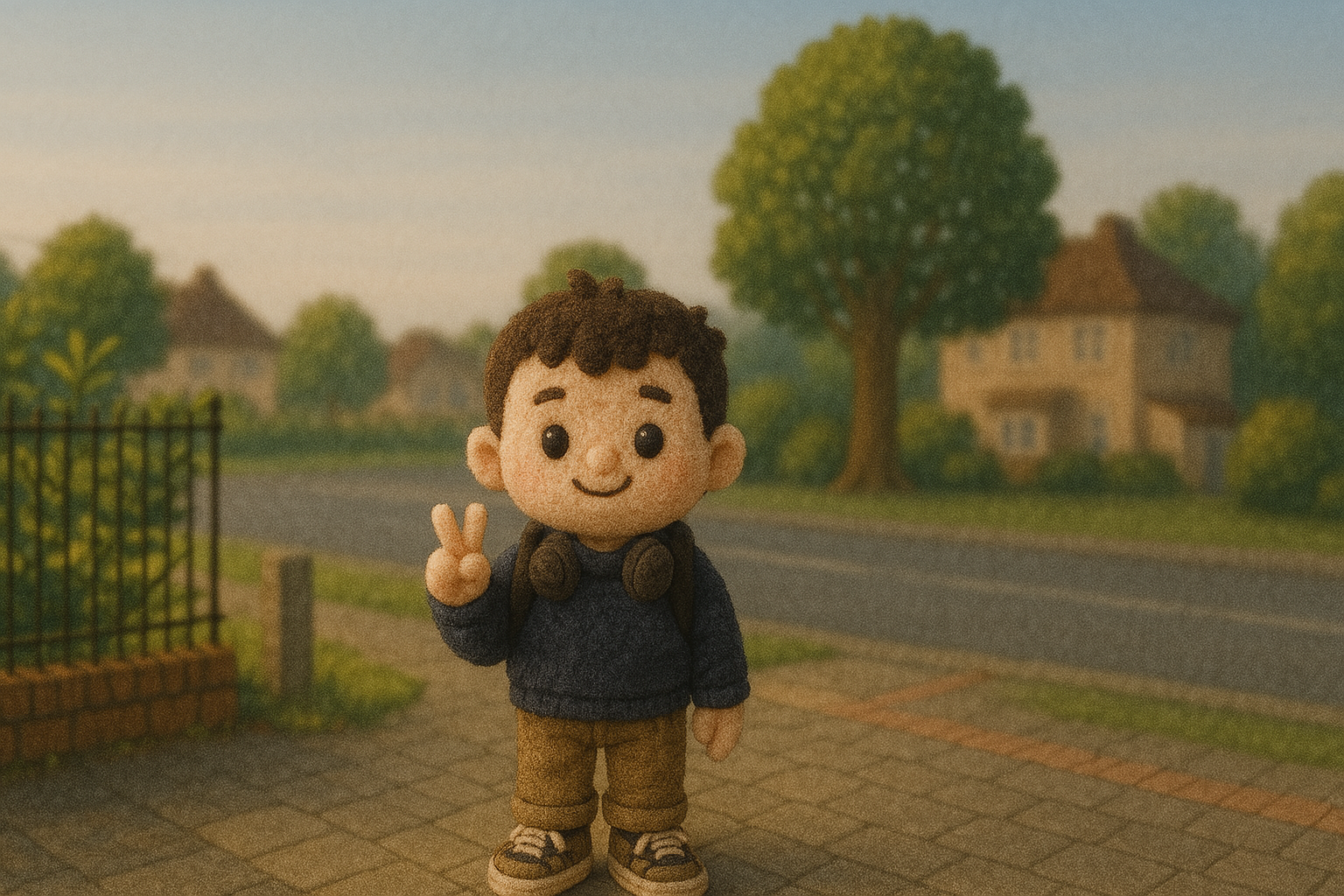I did kettlebell side bends every day for a week — here's what happened to my abs
I put my obliques to work with kettlebell side bends
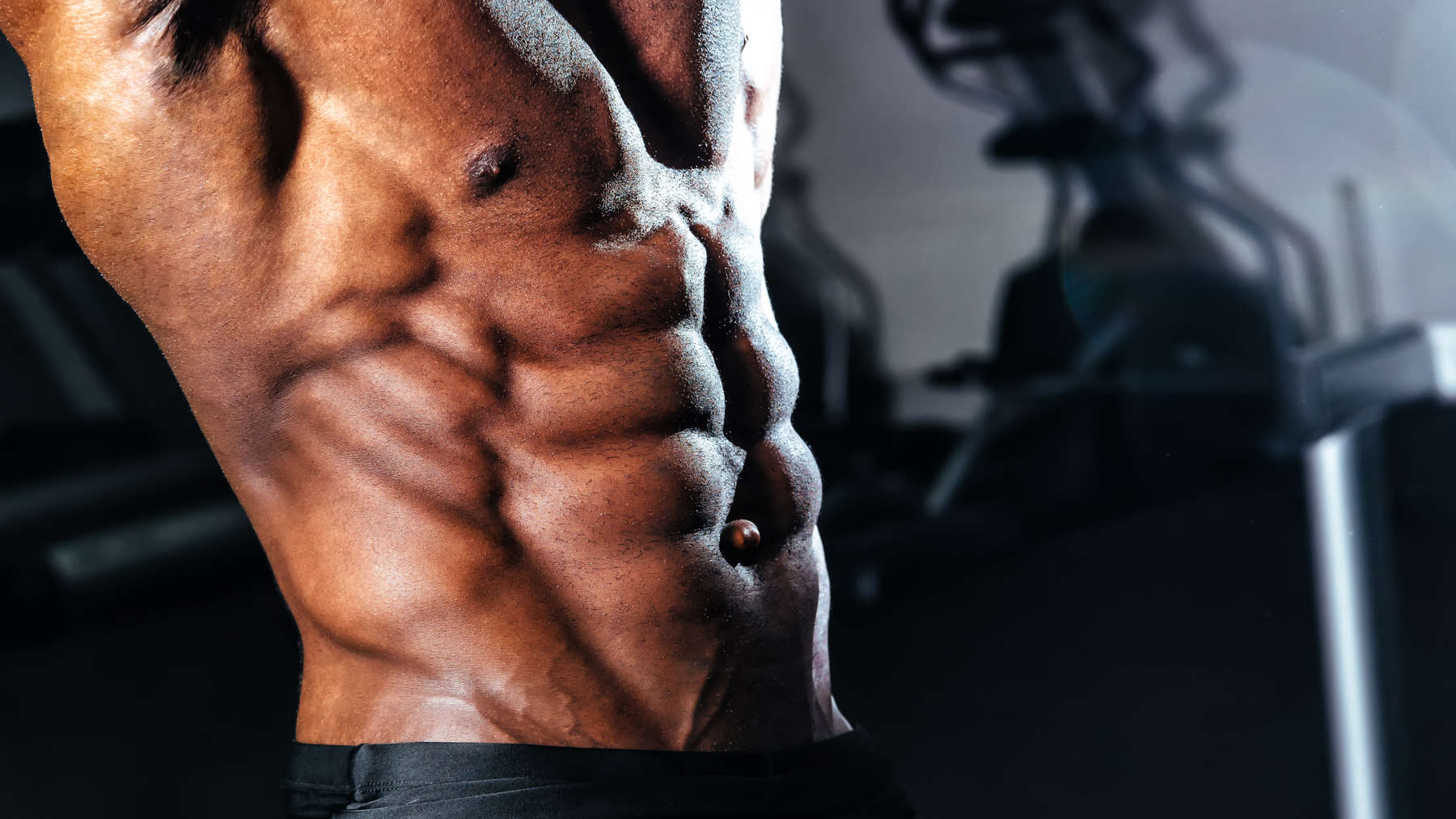
It’s no secret that abdominal and core muscles are not single muscles but a group of muscles that work together to provide stability, support, and movement in the torso. Hence, why it’s important to find a mix of exercises that target the various muscles in your midsection.
One area I felt I needed to incorporate more in my ab training is my obliques. To change this, I picked up one of the best kettlebells and did kettlebell side bends every day for a week.
Building a strong core is a foundational element for anyone striving to excel in their fitness journey, which is precisely why I incorporated side bends into the end of my usual strength workouts. I’ll also be frank with you and admit that I wouldn’t mind adding some definition around my obliques too.
Before I dive into what I noticed during and after my week of kettlebell side bends, it's important to remember that a comprehensive core training routine, includes more than just one exercise. But for the sake of targeting my obliques more, I tried this one exercise to see if it was worth adding to my usual training.
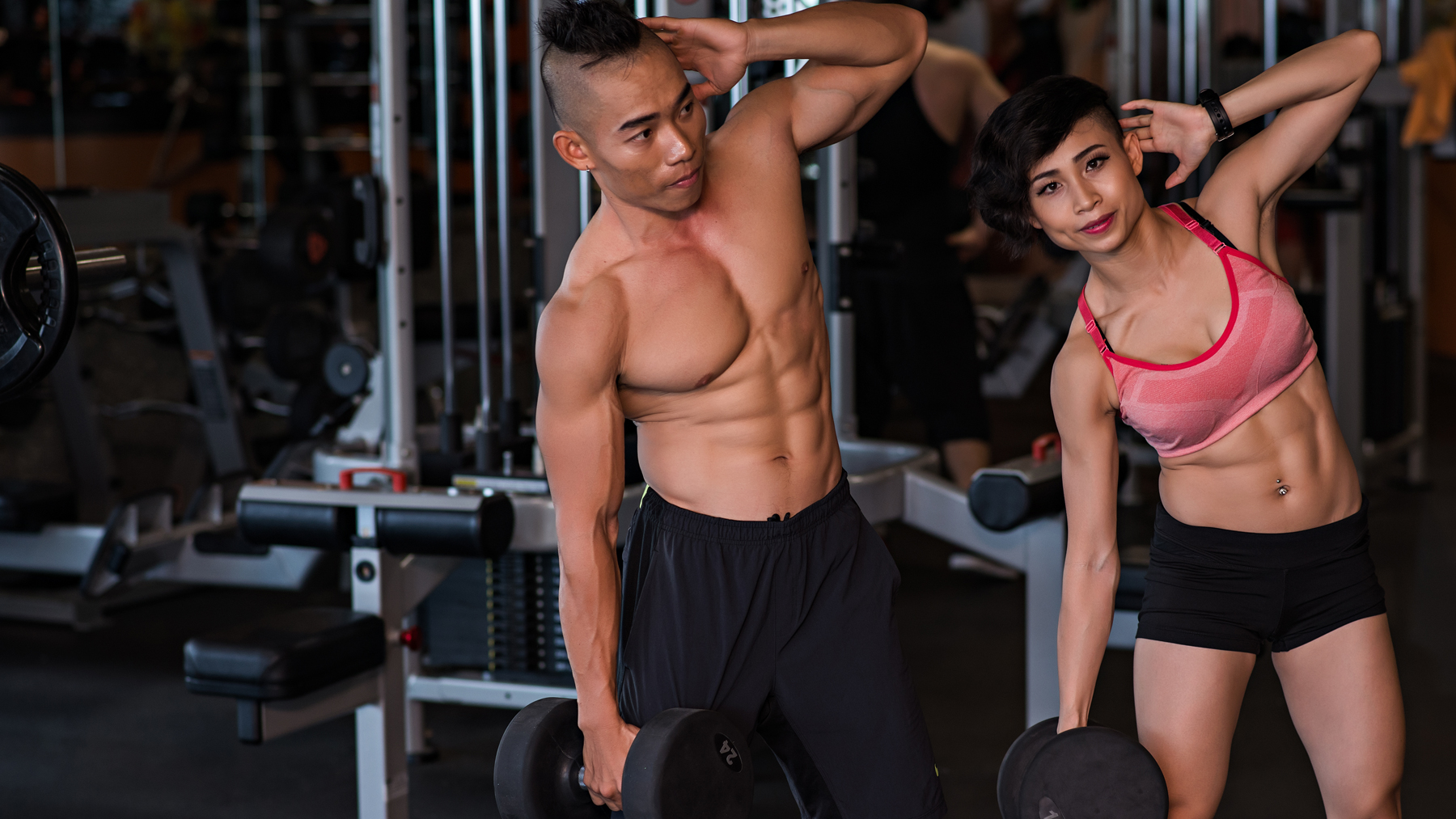
How to do a kettlebell side bend
Kettlebell side bends can be a valuable addition to any core training workout due to their adaptability to individual fitness levels and the functional nature of the exercise, which is made more accessible by the body positioning required.
I spoke to Wendy Batts, a regional master instructor for the National Academy of Sports Medicine (NASM) about this beneficial exercise and she gave us a lowdown on how to perform kettlebell side bends correctly. Here’s how it's done:
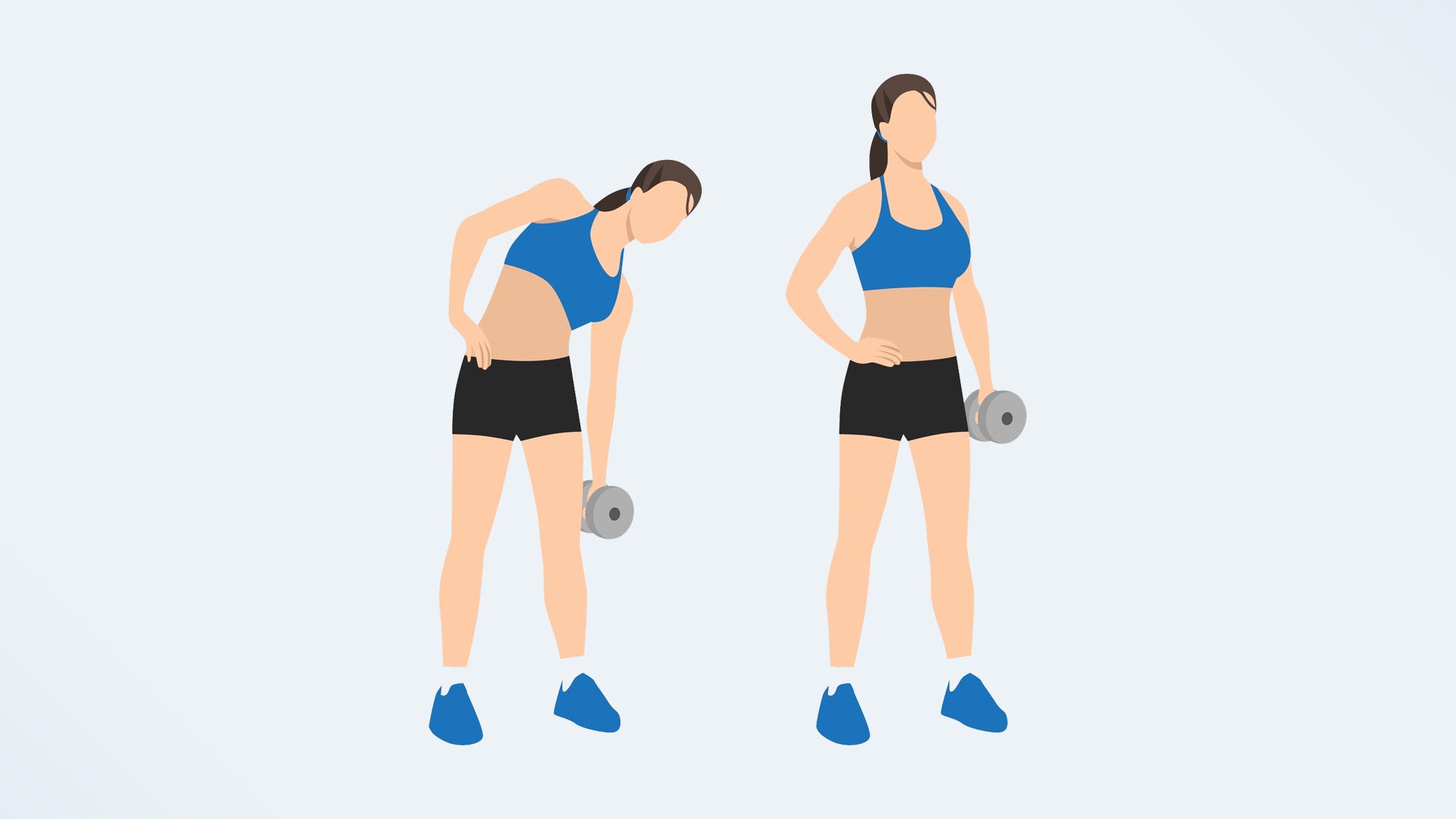
- Holding a kettlebell in one hand, with palm facing inward and positioned at the side of the body, stand up tall with your feet placed hip-to armpit-width apart and pointed straight ahead.
- To help ensure ideal posture and minimize slouching, place the opposite hand behind your head.
- Tilt and tuck your pelvis to help you get into and maintain a neutral position in your hips and lower back—not overly arched and not overly flattened—so that your hips are stacked in line with knees and ankles.
- Maintaining a solid grip on the kettlebell and keeping your chest up, take in a breath as you laterally bend your upper body to the same side as the kettlebell. Pay attention not to rotate your upper body or hips—only side-bend—and keep your feet flat on the floor.
- Forcefully exhale as you side-bend in the opposite direction—away from the kettlebell—as far as possible.
- Pause, and then repeat the movement for the desired number of repetitions.
It's essential to be mindful of the weight you use to ensure it aligns with your current strength and fitness level.
Sign up to get the BEST of Tom's Guide direct to your inbox.
Get instant access to breaking news, the hottest reviews, great deals and helpful tips.
At home, I train with the Bowflex Selectech 840 Kettlebell, which is an adjustable kettlebell. This design allows me to switch between different weight settings using a simple dial mechanism and is not only convenient but also a safety measure, ensuring that I can choose a weight that challenges me without risking overexertion or strain. I can also work on progressive overload at home with an adjustable weight like this.
What are the benefits of kettlebell side bends?
According to Batts, kettlebell side bends are a great exercise to challenge the oblique abdominal muscles as well as the quadratus lumborum, which is an important lateral stabilizer/supporter of the spine and pelvis.
She added, “Most people challenge their abdominals primarily through forward and backward movements, like crunches or back extensions, respectively, and tend to neglect lateral (side) and rotational movements.
By stressing your core from the sides, kettlebell side bends facilitate a more rounded/complete core exercise routine by helping improve your ability to control lateral flexion of the spine and pelvis—which is very applicable to both activities of daily living, e.g., carrying shopping bags or a suitcase and/or athletics.”
I did kettlebell side bends every day for a week — here's what happened to my abs
Everything that I noticed when I added this exercise to my workouts every day for a week…
I liked that I could work with a substantial weight
Don’t get me wrong, I love that many ab exercises can be completed with just your body weight and you can still get results. However, I did like the stability that you get with this standing ab exercise, which meant I felt that I could perform the move with a heavier weight than if I were to perform something like a weighted toe touch.
As the obliques play a significant role in stabilizing the torso, especially during lateral movements like side bends, I felt confident working with my adjustable kettlebell set at 25 lbs (11kg) and like I was able to complete the movement in a controlled manner.
If you are thinking of trying kettlebell side bends, always prioritize safety and listen to your body when selecting weights for your workouts.
I really felt it in my obliques
In my experience, as I executed kettlebell side bends daily, I could genuinely feel the engagement in my oblique muscles. The side-to-side bending motion targets the obliques effectively, and it's not uncommon to experience a slight sensation or "pain" in these muscles as they're worked intensively. However, it's crucial to distinguish between the discomfort associated with muscle engagement and actual pain from strain or injury.
During my week-long experiment, I didn't observe visible results, which isn't surprising, as this usually requires a prolonged commitment. If I really want to see any substantial results, I'd consider incorporating kettlebell side bends into a well-rounded core routine, maintaining consistency over time. Achieving a sculpted core is also influenced by reducing body fat through a balanced diet as well as regular exercise.
It was very quick and easy to do
I found kettlebell side bends super convenient to add to my week. During the week I like to fit in a mix of exercises including strength building sessions, running, stretching and cycling (FYI, that’s on a good week, not every week looks like this), so I wasn’t looking for anything that would take up too much time.
As I mentioned before, I am fortunate enough to have my own kettlebell that I can work with at home. This meant it was very easy for me to do it first thing in the morning, or in the evening if I had forgotten to fit it in during one of my gym sessions. To prove just how quick it was to do, I only got through the first five minutes of a podcast after completing four sets of the side bends.
If you don’t own your own kettlebell, this certainly shouldn't stop you if you have a gym membership. All gyms are equipped with kettlebells, and if you can’t get your hands on one during your session, it is perfectly fine to execute this move with a dumbbell.
I did kettlebell side bends every day for a week — my verdict
Would I keep kettlebell side bends in my usual fitness routine? Absolutely. I found this exercise to be super time efficient and like it was genuinely worth my while. My obliques got a solid blast and it was a great way to know how it feels to engage your core.
It sounds silly but sometimes when I am in a yoga class or learning a new strength exercise and someone reminds me to engage my core, I have to focus on what that feels like. Whereas, engaging my core in kettlebell side bends came naturally and felt like a good reminder of what it should feel like.
Whether you are just starting out with core exercises or you are an ab blasting machine, this is a great move to pick up as you can work with whatever weight feels good for you and the form isn’t too complex to pick up.
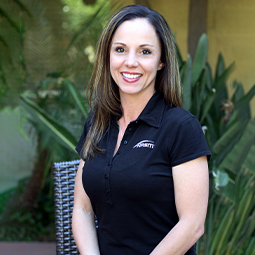
Wendy Batts is a regional master instructor for the National Academy of Sports Medicine (NASM) and an assistant professor for the exercise science programs at Pennsylvania Western University (PennWest). Wendy holds a Master's degree in Exercise Science and Health Promotion and is a licensed massage therapist specializing in neuromuscular therapy.
More from Tom’s Guide
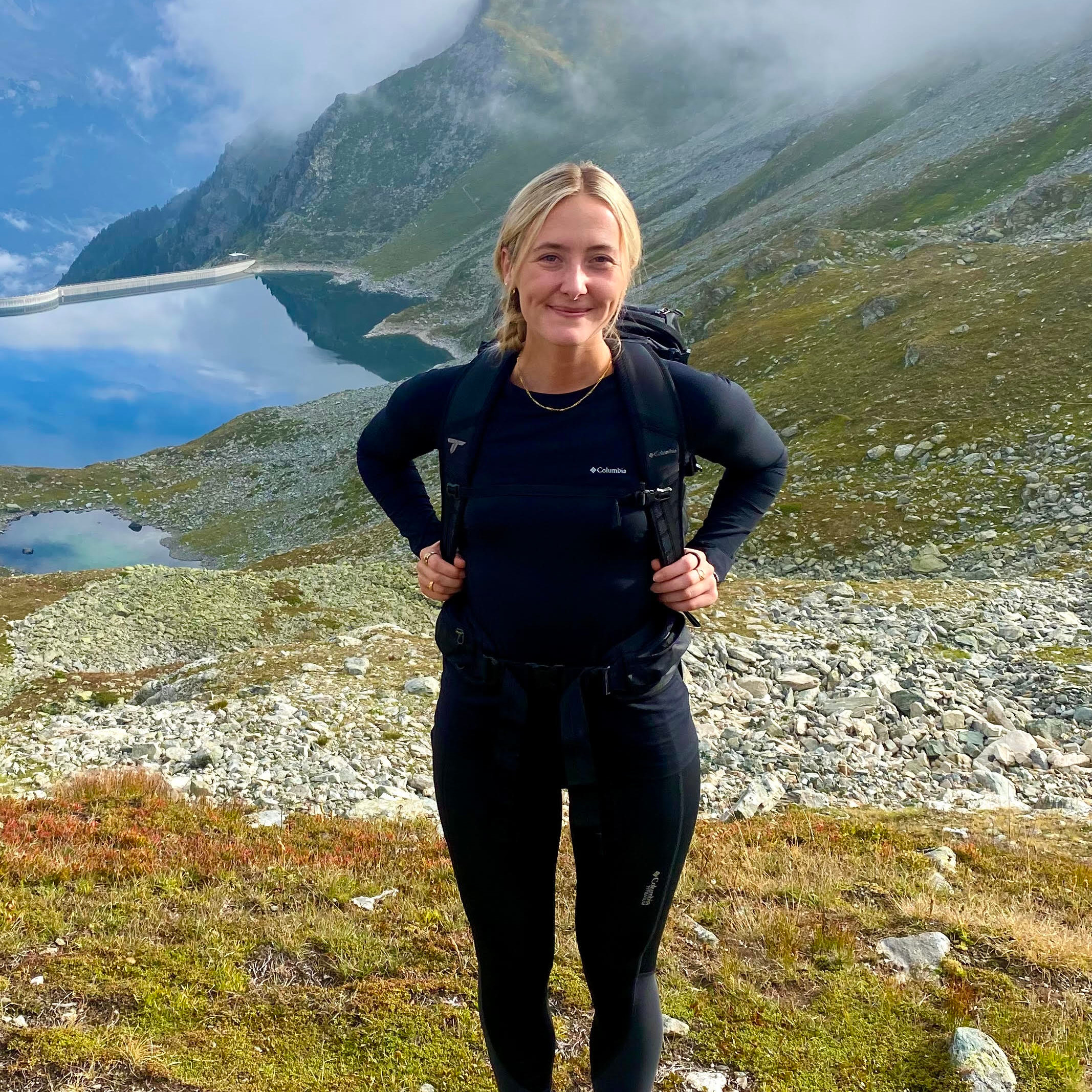
Jessica has been a fitness writer at Tom’s Guide since 2023, bringing three years of experience writing about health, fitness, and the great outdoors. Her passion for exercise began during her childhood, where she spent weekends hiking and competing in local athletics club events. After earning a master’s degree in journalism from Cardiff University, Jessica found the perfect way to combine her love of storytelling and fitness into a career.
Jessica is passionate about testing fitness gear and tech, using her reviews to help readers make informed buying decisions. She ran her first marathon in April 2024, finishing it in 3 hours and 48 minutes. Through her training, she’s developed a deep understanding of what it takes to grow as a runner, from effective workouts and recovery techniques to selecting the right gear for every challenge.
When she’s not at her desk, Jessica enjoys spending time in the kitchen crafting new recipes, braving cold water swims and hiking.
